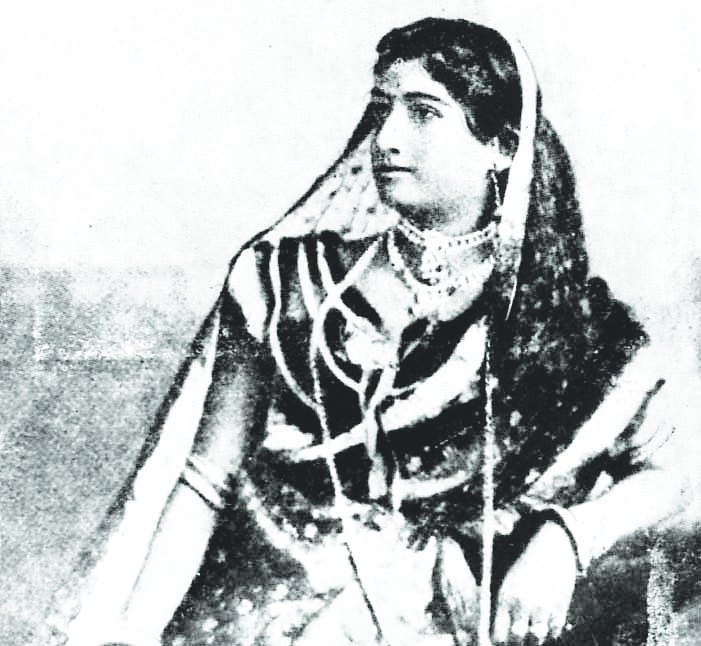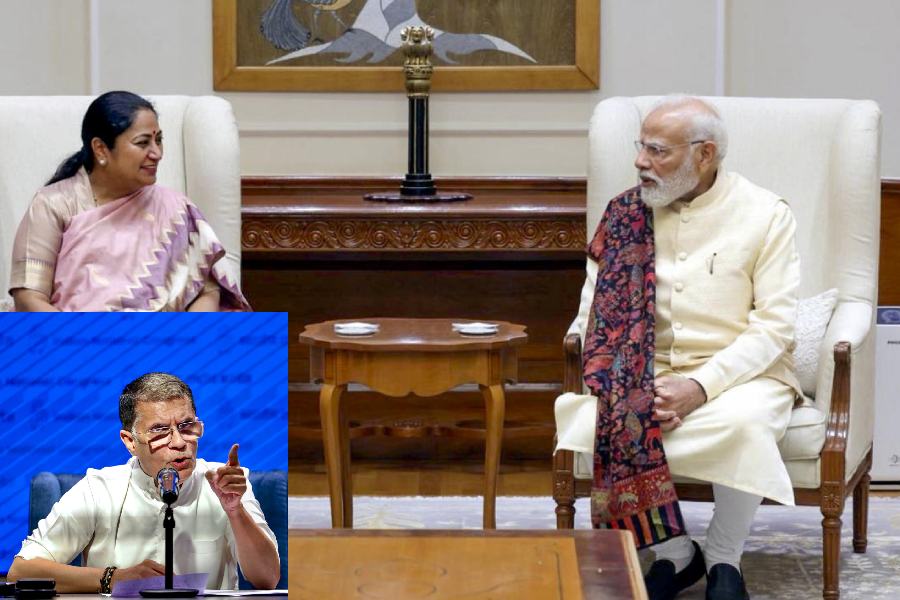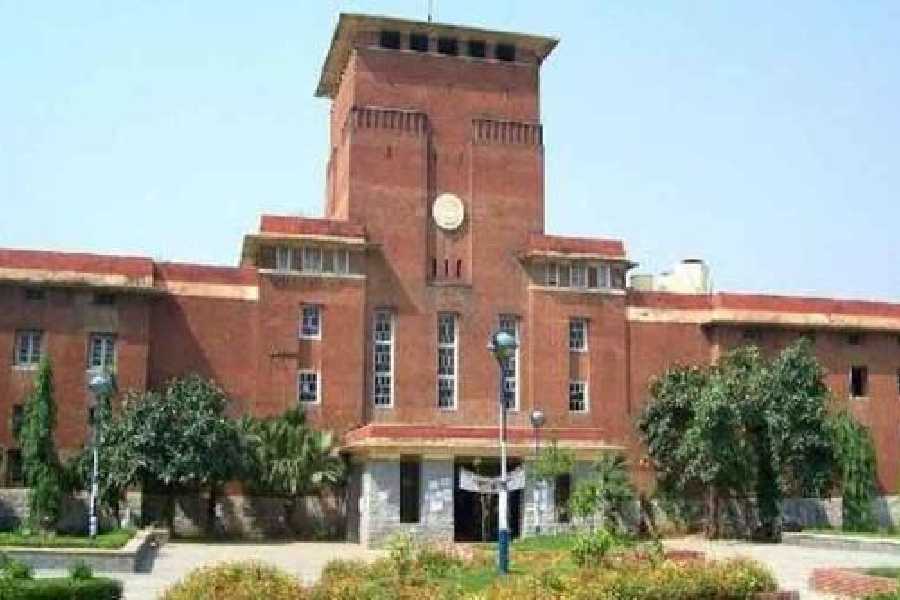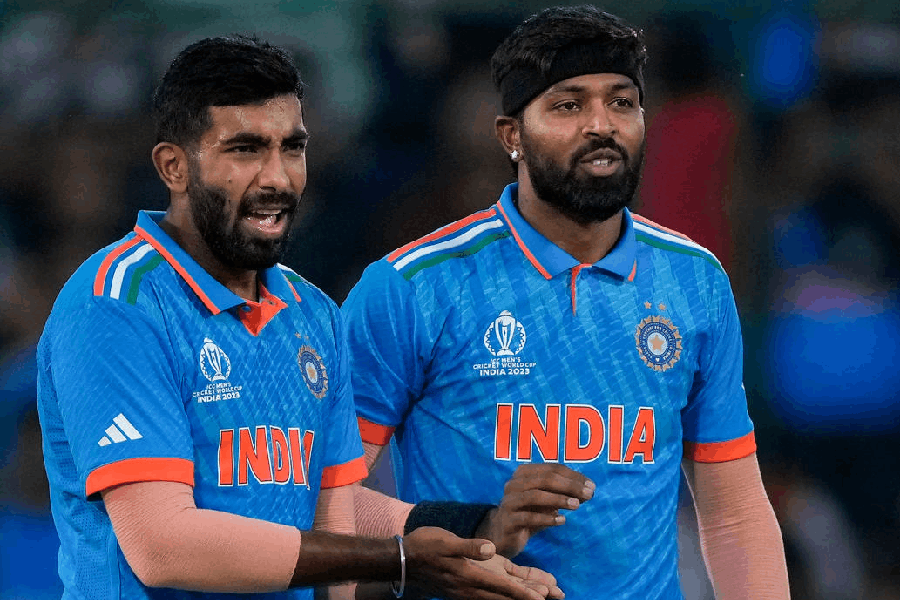
THE ACTRESS IN THE PUBLIC THEATRES OF CALCUTTA By Sarvani Gooptu, Primus, Rs 895
This slim volume is misleading. It gives no indication that it has piles of information packed between the covers about a time lost forever. But instead of evoking nostalgia for late 19th century-early 20th century Bengali theatre, Sarvani Gooptu briskly gets down to business. Her intention is to prise open the world of the earliest actresses as they made their debut in the public theatres of Calcutta and then, unobtrusively but doggedly, sought to make their place in the male-dominated entertainment business.
The time-frame Gooptu selects is a narrow one - the 1870s to the 1930s. Although English theatre and jatras in Calcutta and elsewhere in Bengal featured women, actresses took stage in Bengali theatre from the early 1870s. Gooptu does not chase her subject after the 1930s because she feels that by then the focus had shifted from the actor to content in public theatre.
For the women pioneers in Calcutta's public theatres, it was not an altogether happy experience though. Given the stigma attached to public theatrical performances, female performers were mostly sought from red-light areas, and irrespective of the value they added to the entertainment business, they remained proscribed for their origins. But it was also not an entirely lose-all gambit for them. Theatre had its attractions. It gave them a chance to escape the flesh trade, to earn a decent living, and, above all, discover their own potential.
Several people, having witnessed the flawless performance of these women, noted the transformative potential of theatre. But Gooptu points out that none of the enlightened men of Bengal, deeply involved in reforms, ever considered theatre as a vocation for women who were 'stigmatized' by society. In fact, Gooptu says, when actresses started making their appearance, Ishwar Chandra Vidyasagar, the noted philanthropist and advocate of widow remarriage, ended his association with theatre in spite of having once been an enthusiastic patron.
It was commercial consideration more than aesthetics that brought in the women to replace their male stand-in. They were a bait to lure a fickle audience. But these women still had to be trained to hold stage. Despite most of them being illiterate, many took to the job like fish to water, creating fresh challenges for their trainers who were often playwrights themselves, like Girish Ghosh. Several times, plays were written with a particular actress in mind and they, invariably, rose to the challenge. Women like Binodini Dasi picked up costume and make-up tricks apart from her much-admired acting skills, Charubala, despite being illiterate, stunned Rabindranath Tagore with her Sanskrit recitation and Kusum Kumari, though uneducated, performed creditably in English plays.
Neither the actual world of theatre nor the actresses were without limitations. Theatre-owners catered to the taste of the middle-class audience, indulging in cheap thrills or technical and advertorial innovations to attract attention. Gooptu comments at length on the wars between the theatres - over content, actresses or directors. She also analyses in detail the modifications Amarendranath Dutta had brought about with regard to show timings, advertisements, presentation and financial management. She commends Dutta for several of his innovations that set the pace of the competition among theatres and benefited theatre employees, including actors and actresses. In the famous clash between Dutta and Ghosh, she seems reluctant to side with Ghosh and lauds Dutta for the sacrifices he had made. She also seems to agree with Dutta that box office success is necessary for the promotion of art.
The problem with the actresses was slightly different. Learning skills proved difficult for many of the women. Even if they passed the difficult test of learning their dialogue, the attendant song-and-dance rigmarole, they did not stick out for long because for many, the stage was a "stepping stone for a life of financial security under the wings of a rich patron." Their career often depended on the whims of their patrons or their ambitious mothers.
And yet, it is not altogether impossible to detect their self-assertion at times. Gooptu delineates several cases where the actresses appear to be conscious of their rights "if not self-respect". Tarasundari, for example, took to court a fight against her mother, whom she accused of confiscating her jewellery and furniture, before joining her mother against her beau, Amarendranath Dutta. Another actress, Charushila, sued Sisir Kumar Bhaduri over unpaid dues.
Notwithstanding their aura, their tremendous success and fame, the early actresses of Calcutta's public theatres remained vulnerable creatures. Gooptu points out that they were torn between their fears for future security and the desire to excel in their careers. "The stigma attached to acting was so severe and the longing for respectability and social acceptance so ingrained in the middle-class mentality of the age that the two were incompatible," argues Gooptu. The establishing of a new identity was more a question of survival for the women than a sense of sexual freedom. Golaap Sundari gave up her career at the height of success to marry Goshtho Behari to make the social transition that her acting career could not assure her. But she continued to be ridiculed, leading to the breakdown of her marriage and her return to the stage. Binodini Dasi also retired from the limelight at the pinnacle of glory, but domestic bliss eluded her too, as evident from her bitter memoirs.
What these women did achieve was to wrest a recognition of their distinctive identities as performers - a momentous achievement that made it easy for the future generations of actresses to gain social acceptance. Education helped, as in the case of Kankaboti Sahoo, a graduate from Bethune College and later wife of Sisir Kumar Bhaduri. Even before her formal launch, she was eagerly sought after by several theatre companies.
Gooptu makes an engaging discussion on the plays of Dwijendralal Ray and Rabindranath Tagore, particularly the latter for his private theatre involving women of the Tagore family who invited little censure in spite of their participation in plays. The class divide among Calcutta's "actresses" could not have been elaborated better.
But Gooptu's work suffers from serious problems as well. Part of this, of course, has to do with the shoddy editing. For example, there are as many as five spellings of Kankaboti Sahoo in a matter of a few pages. The lack of proper punctuation and grammatical errors garble sentences. Also, Gooptu should have been more careful about her choice of phrases. What exactly are "prostitute areas"? In several parts, the text reads like a bad translation from Bengali. But the most annoying bit about this book is that it is completely devoid of pictures - be it of the ladies or of the times - that would have enriched the reading experience. The biographical sketches of the actresses and translation of some of the literary work of the few actresses who went on to write do not compensate for this lack.










